Throwback Thursday is when we trawl through the That's archives for a work of dazzling genius written at some point in our past. We then republish it. On a Thursday.
By Marianna Cerini
She may be the most prominent bridal-wear designer in the world, but don’t ever call Vera Wang ‘girly.’
In Shanghai to close the fall edition of 2013 Fashion Week, the doyenne of wedding couture shows up to our meeting in the swanky JE Science Hall decked head to toe in black – unexpected from the queen of white dresses - with leather leggings and towering ankle boots that gave off a slightly Goth air. “I just put on whatever,” the 64-year-old says as she flings off her tiny gray shrug and folds her pixie-like frame into a chair. “I love t-shirts and leggings. They’re my uniform.”
The powerhouse entrepreneur seems convinced that her favored masculine, tomboy aesthetic and offbeat attitude has helped turn what began as a single bridal boutique in 1990 into a fashion and lifestyle empire with an overall retail value of more than USD1 billion.
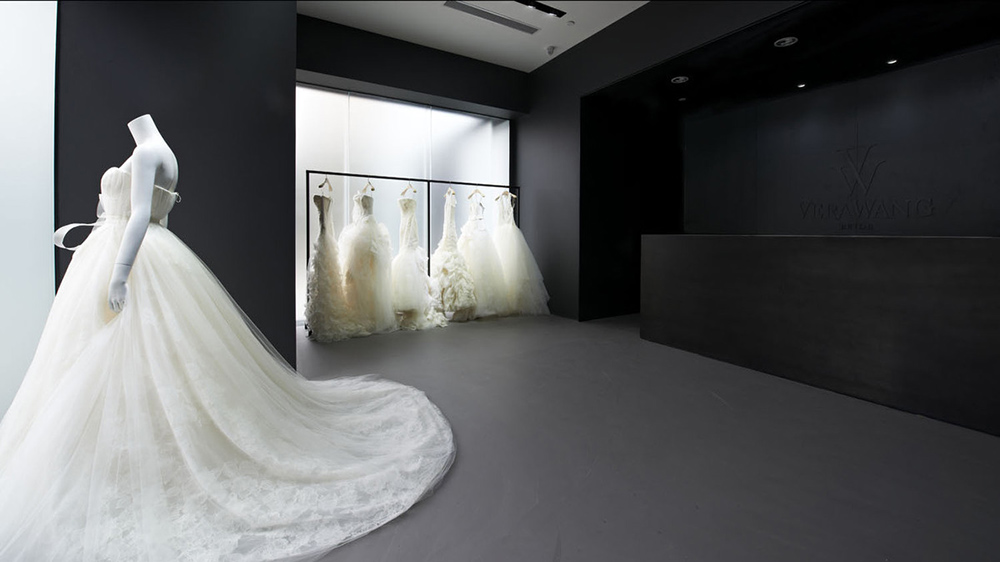
The all-black interior of Wang's Shanghai boutique sets the tone for her edgy bridal couture
“I think it’s why I can do bridal and evening so well,” she says. “Because I am not bridal and evening myself. My private style is more abstract and conceptual than what you see in my bridal stores. Maison Martin Margiela, Rick Owens, Junya Watanabe, Comme des Garçons – these are the designers I wear and love the most.”
Since starting her label, Wang’s designs have unmistakably stood out from the generally conservative genre, marking a new, revolutionary chapter for the wedding-wear industry. Wang has essentially redefined the limits of what a wedding dress can look like, making a name for herself with designs that are whimsical and feminine without feeling saccharine. “I try to bring edginess to a traditional business,” she says. And boy, does she push the envelope: few other designers can make a black bridal gown look covetable, as Wang did in her fall 2012 collection.

Few other designers can make a black bridal gown look covetable, as Wang did in her fall 2012 collection
But it is clear Wang has other aspirations. Over the last decade, she has taken steps to expand her creative realm beyond a dress that is worn once in a lifetime, then preserved eternally in plastic.
Working to cover every aspect of a woman’s closet, she launched an urban, hip ready-to-wear line in 2000 that’s a far cry from the matrimony march. She followed that up with a diffusion line called Simply Vera in 2007. She has also made forays into homeware with china, crystal and bedding, as well as launched jewelry, shoes and cosmetics lines — at price points that stretch from luxury to mass market.
"I grew up being exposed to the greatest designs, but also, as a Chinese-American, to a world of grace, subtlety and mystery that came from within my own roots"
Born in New York City to wealthy immigrants from Shanghai, Wang attributes her business acumen to her father, a successful entrepreneur in the pharmaceutical industry. “I think my dad’s sense for business and capacity to grow his own fortune have influenced me to always look forward and beyond,” she says. “It was him who first convinced me, aged 40, to start my own brand. He was my first and only investor at the time, and he certainly taught me a lot in terms of grasping as many opportunities as you can in life.”
However it was her mother, a translator for the United Nations and worldly clothes enthusiast who regularly shopped the couture shows in Paris, who introduced Wang to fashion. “I grew up exposed to the greatest designs, but also, as a Chinese-American, to a world of grace, subtlety and mystery that came from within my own roots,” she recounts. “That really educated me to develop a love for fashion with a capital ‘f.’ It’s not just about the clothes. It’s the beauty behind them, the meaning they carry.”
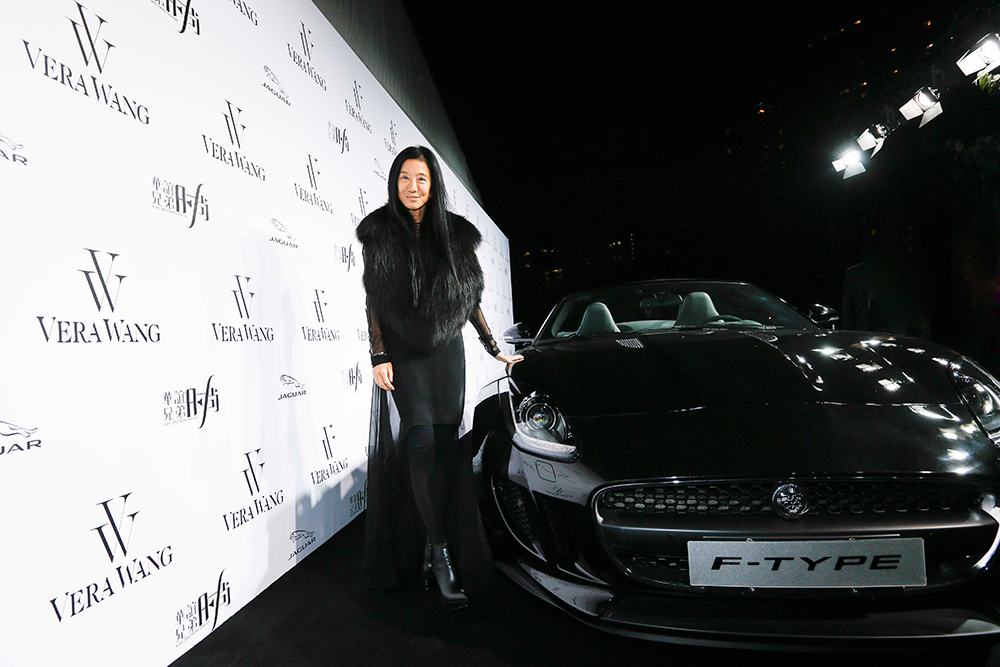
Queen Vera making an entry at her Shanghai show
A competitive figure skater in school – she tried but failed to make the 1968 US Olympic team - the designer also owes much of her aesthetic and career success to the icy discipline. “When I didn’t make it as a competitive skater, I decided to turn to fashion,” she says. “And once I began designing, figure skating became a huge inspiration for me. In my bridal wear, I try replicating the lines, the theatricality, the movements you get in a skater’s outfit. I am still a huge fan of the sport and I’m so proud of China’s excelling team. I absolutely love watching Shen Xue and Zhao Hongbo [China's Olympic and world-champion figure-skating couple]. I’d like to design their costumes one day.”
After a stint at Yves Saint Laurent, she was scouted by American Vogue and rose to become one of the magazine’s youngest ever fashion editors at the age of 23. “I learned a great deal at Vogue,” she says. “I got to work with some of the greatest photographers that ever lived — it’s kind of insane really when I think back on it."
"I have a love for fashion with a capital 'f.' It's not just about the clothes. It's the beauty behind them, the meaning they carry."
She stayed for 15 years, harboring the dream of becoming a designer in her own right and, in 1987, joined Ralph Lauren. Two years later, while planning her wedding to computer executive Arthur Becker (from whom she is now separated) and looking for a dress appropriate to a “late bride,” she noted a void in the bridal industry and decided to fill it. In 1990, a year after her own nuptials, she opened her own boutique. The rest is history. Endless celebrities started wearing Vera Wang for their big day, from Jennifer Lopez and Mariah Carey to Alicia Keys and Chelsea Clinton. Her red carpet wear, launched in 1993, has proved equally successful.
“But it’s my ready-to-wear that really expresses my creative vision,” she’s keen to point out. “Bridal and red carpet are all about the girl, about making the client feel herself whatever the circumstances. My 'commercial' collections, on the other hand, are purely about me."
At the finale of Shanghai Fashion Week, Wang showed both aspects of her fashion range. Not one, but three collections — fall 2013 ready-to-wear, spring 2014 ready-to-wear and fall 2014 bridal — were presented to hundreds of celebrities and fashion insiders during the ultra-exclusive event held in Xintiandi’s Taiping Park. The Chinese media, as always, gave rave reviews - and not just because of her genuinely captivating designs.
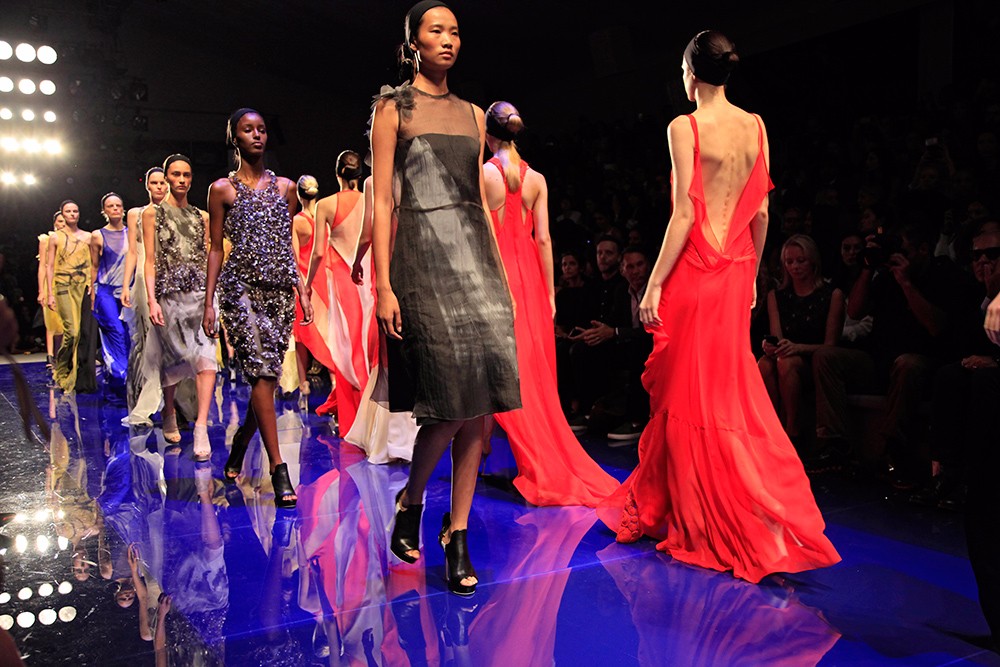
Wang's Spring 2014 ready-to-wear line
Wang's Chinese roots have made her an instant fan favorite in Chinese mainland, where she resonates with the general public like few other designers do. When she traveled to Shanghai in 2006 to receive the China Fashion Award (CFA) as International Fashion Designer of the Year, she became the first Chinese-American designer to be globally recognized. Her work soon turned into a symbol of fashion pride for a country that hadn't experienced much cred in the industry and also triggered an outpouring of admiration towards the designer for making it in America.
This was Wang's first time back since the accolade. In the meantime she has made Asia – with China in particular – the main focus of her expanding empire. In 2012, she presented her first Asian show in Shanghai during Shanghai Fashion Week, although she could not be there in person to see the tremendous impact her pieces had. Last March, she opened her largest flagship store worldwide in Xintiandi, a news that sparked some controversy - and rightfully hurt quite a few of her local followers’ pride - when the boutique announced a RMB3,000 try-on fee. According to a company statement, the policy aimed at "protecting the copyright of the designer" in a country famed for knockoffs.
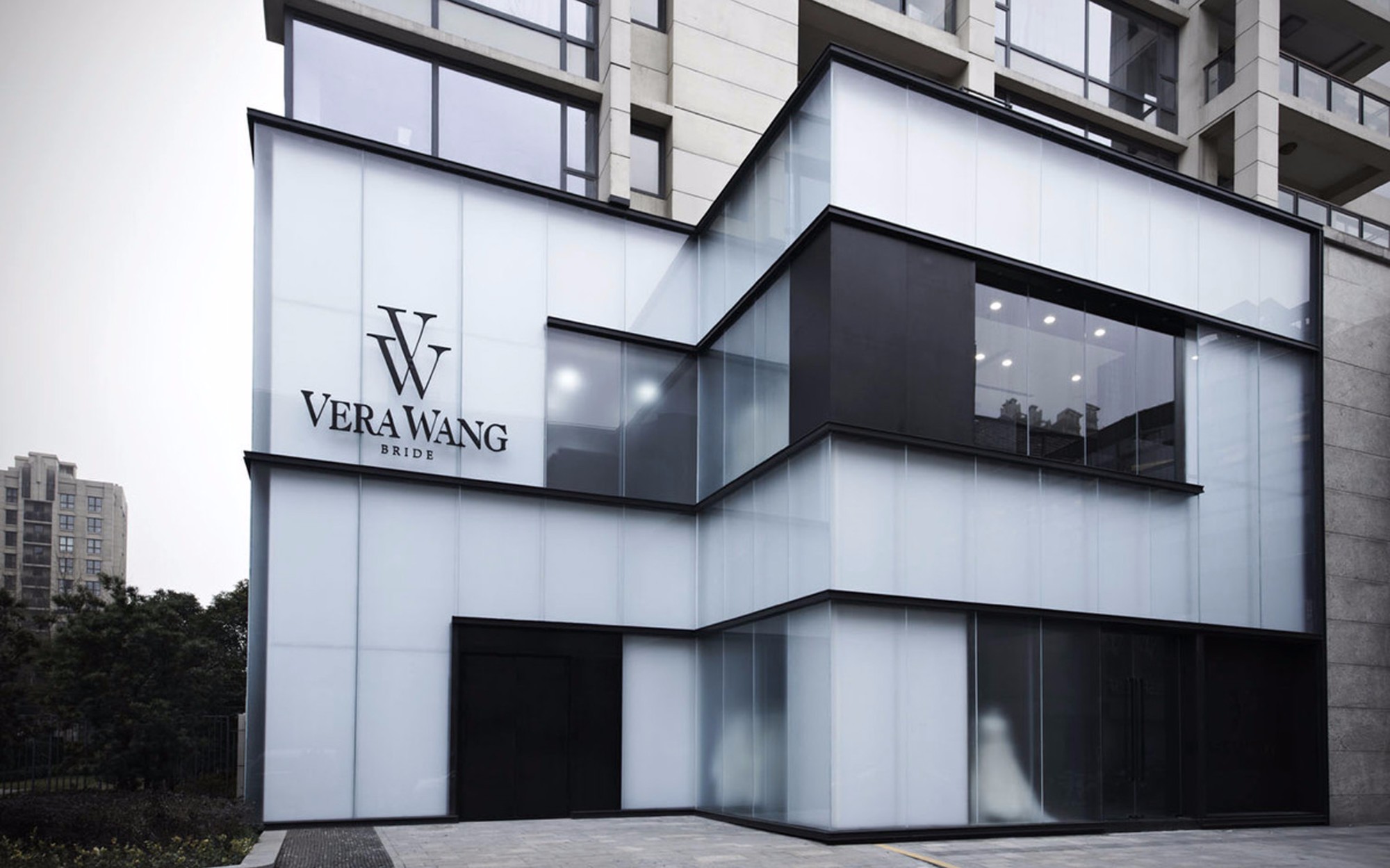
Vera Wang's Shanghai flagship
To many though, the surcharge - only applied in China - appeared highly prejudiced. Realizing the PR faux pas, Wang has since abolished the fee. Wealthy brides-to-be, on their part, seem to have remained loyal to the bridal sovereign regardless: the sales team at the Shanghai store assures us that the shop is busy as it could be and plans for further growth within China are, allegedly, afoot.
"It's has been a very good time for us to come to China," says Wang. "And of course, being Chinese-American, I am thrilled to be here. Wo hen gaoxing," she continues in broken Chinese.
"I have learnt so much from the culture, from the work ethic. And I love the cities: Beijing reminds me of Washington, Shanghai of New York. Shenzhen is this impressive sourcing hub everyone in the industry goes to for work. It's a vibrant country and I wish I could know it better," she pauses. "I think if I could live here for just six months, so much would come back to me." And, as she starts conversing in Chinese with her local publicists, we can see that too.
This article first appeared in the December 2013 issue of That's Shanghai. To see more Throwback Thursday posts, click here.
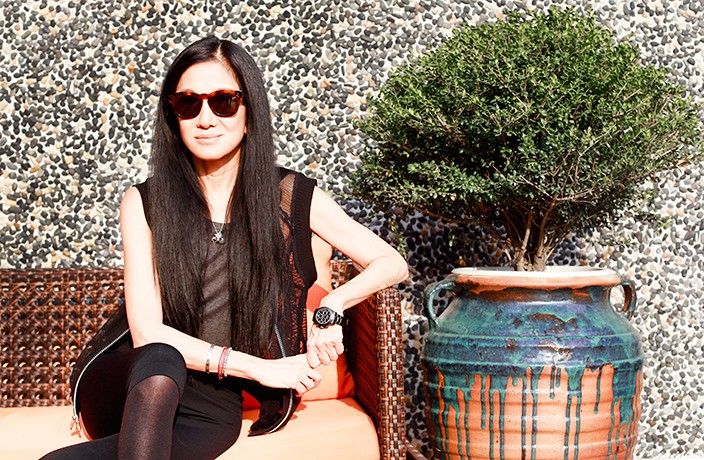





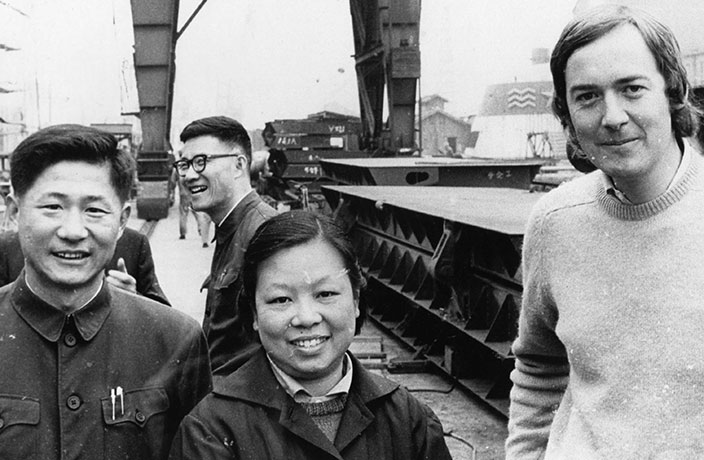















0 User Comments